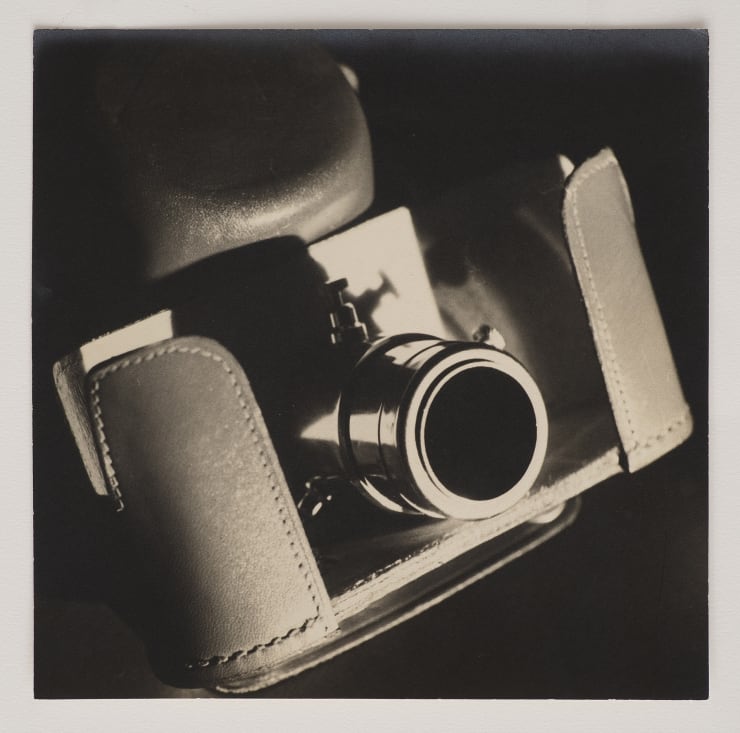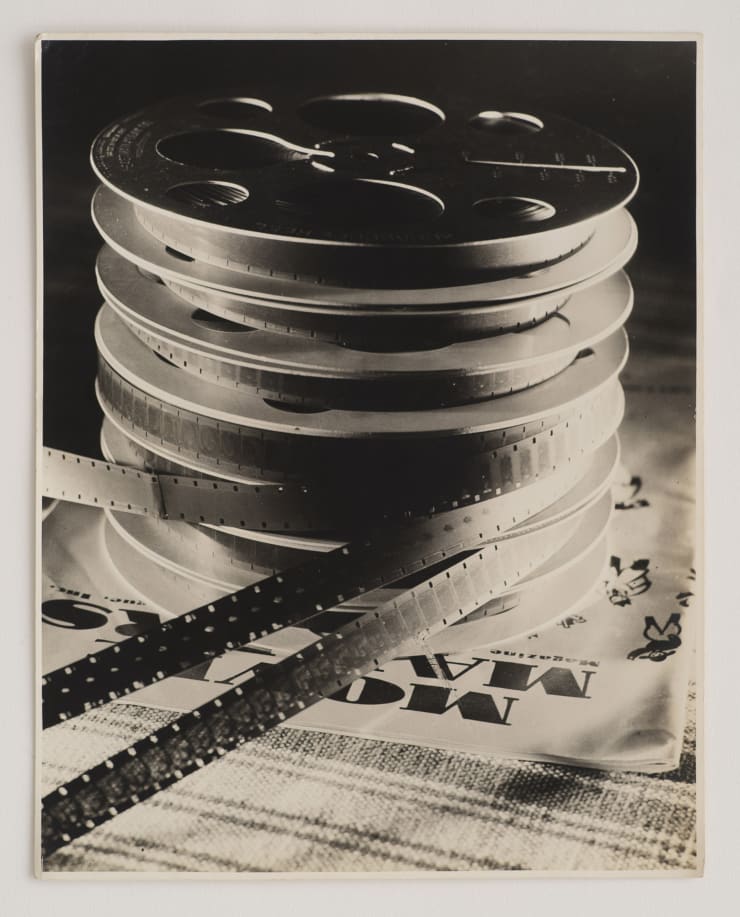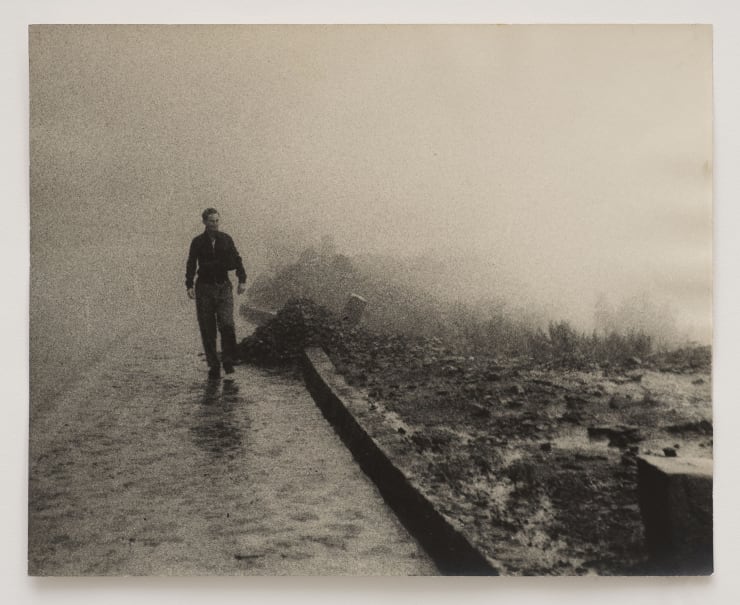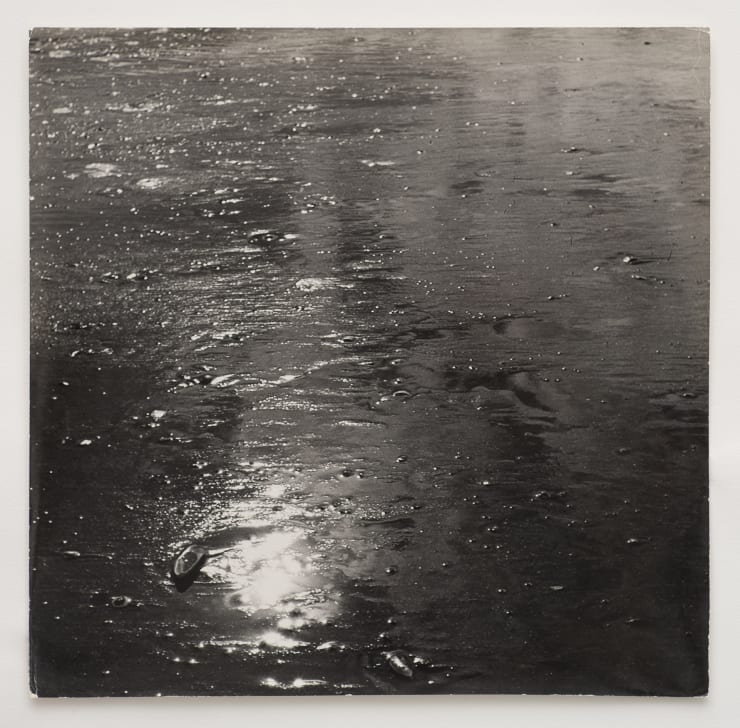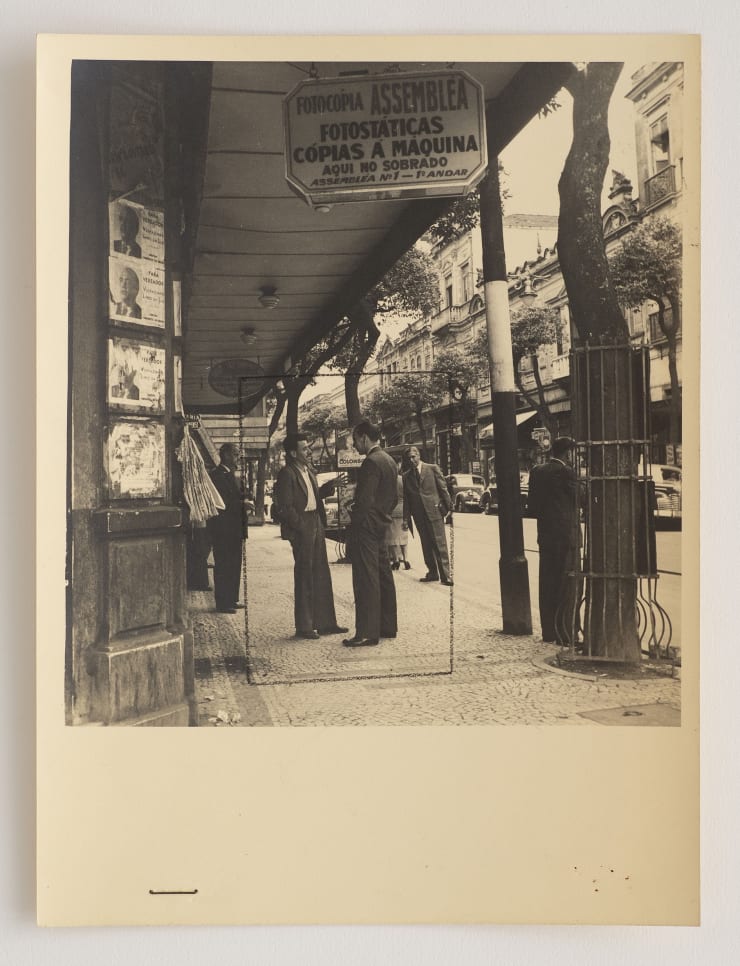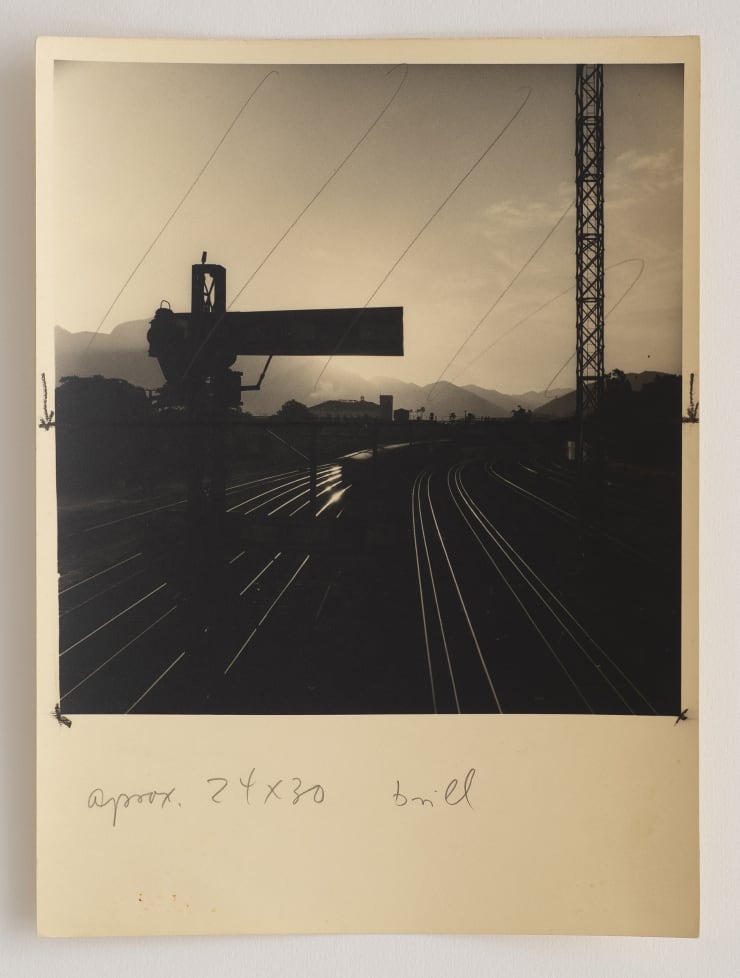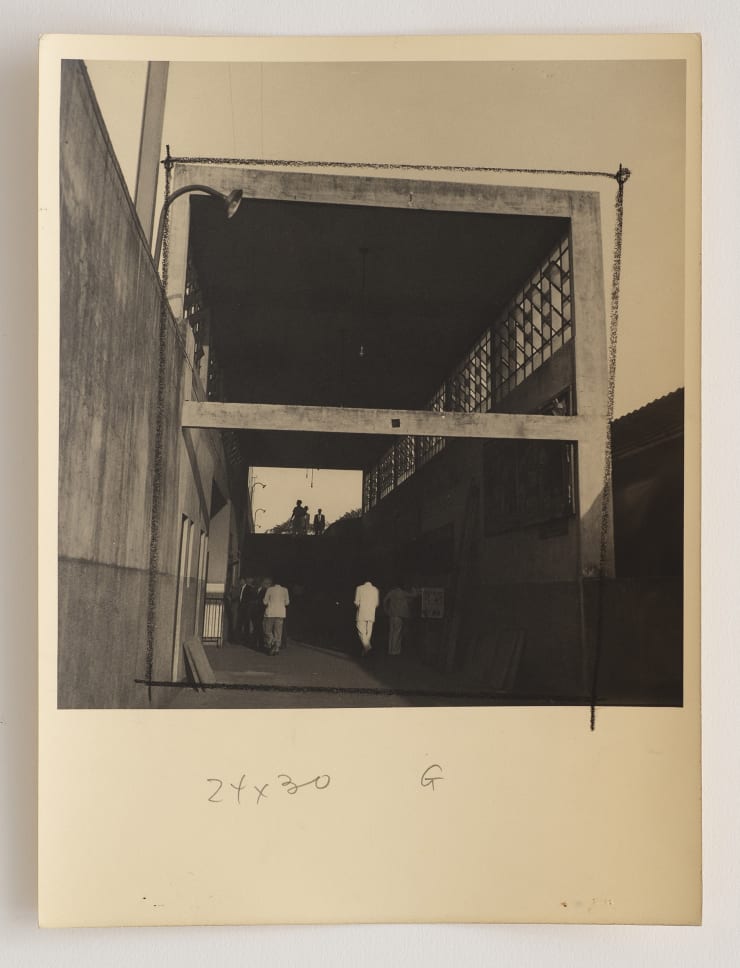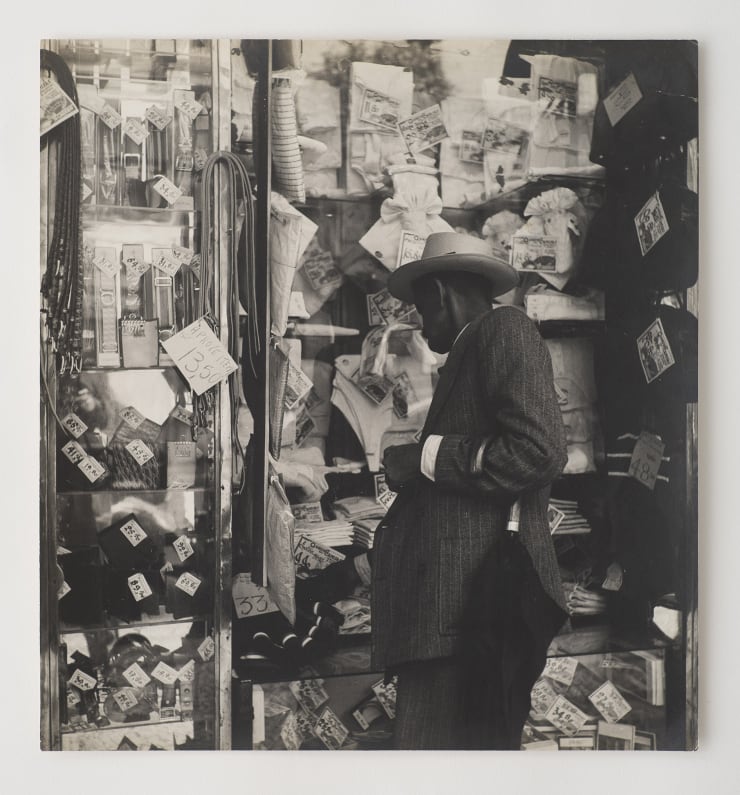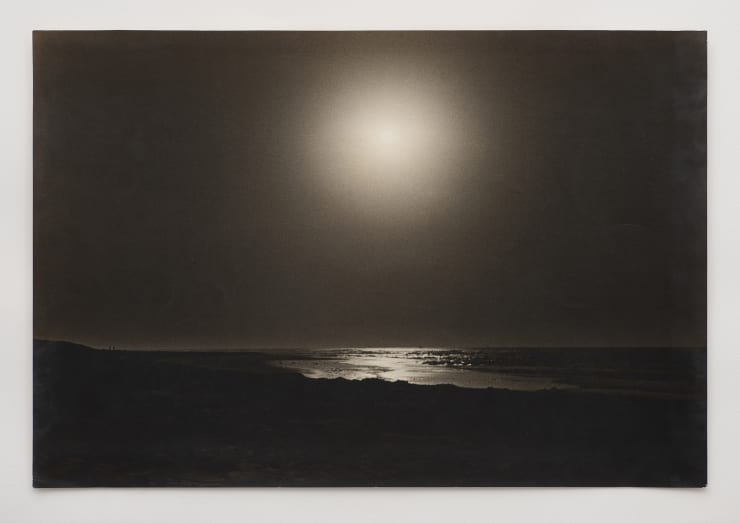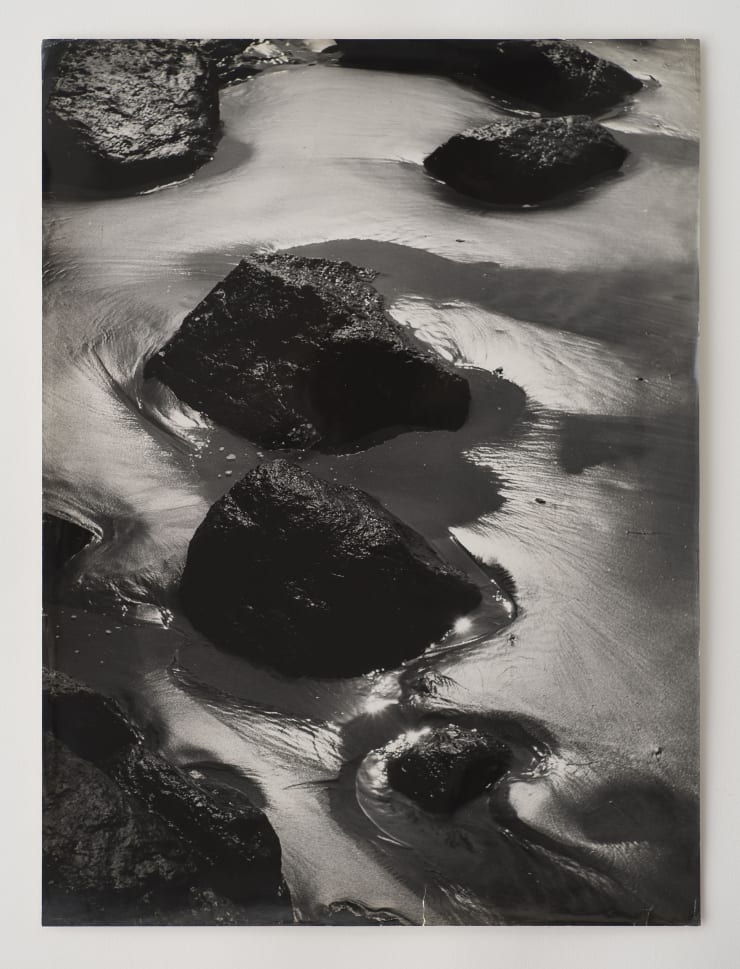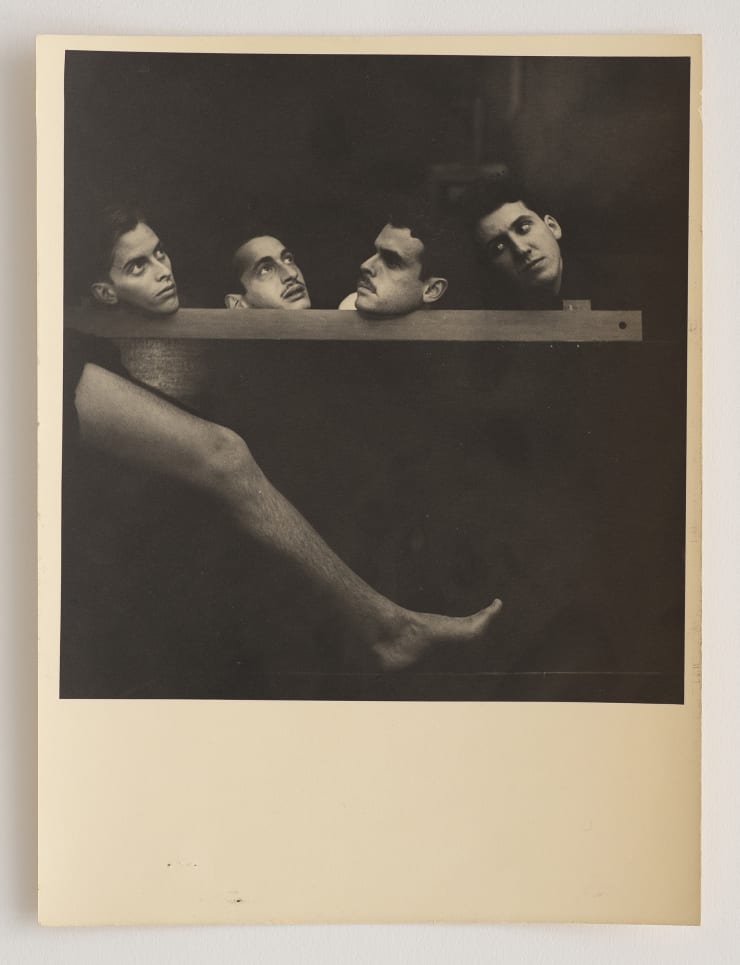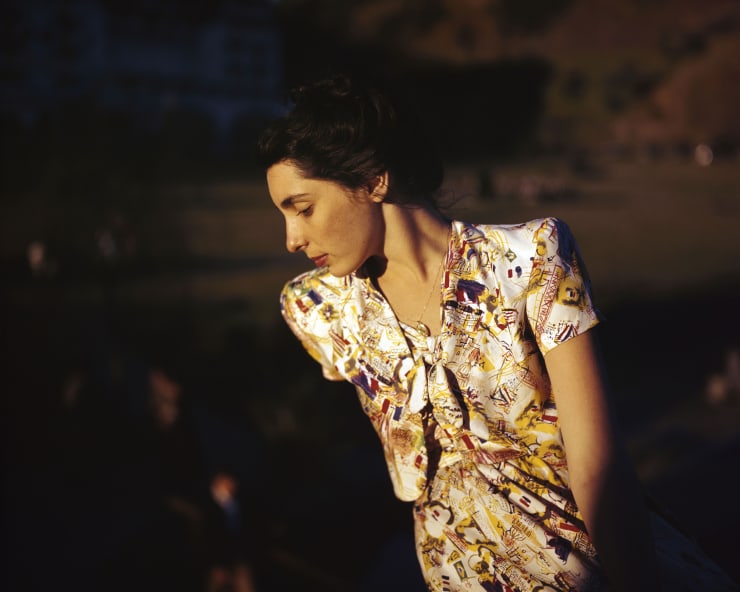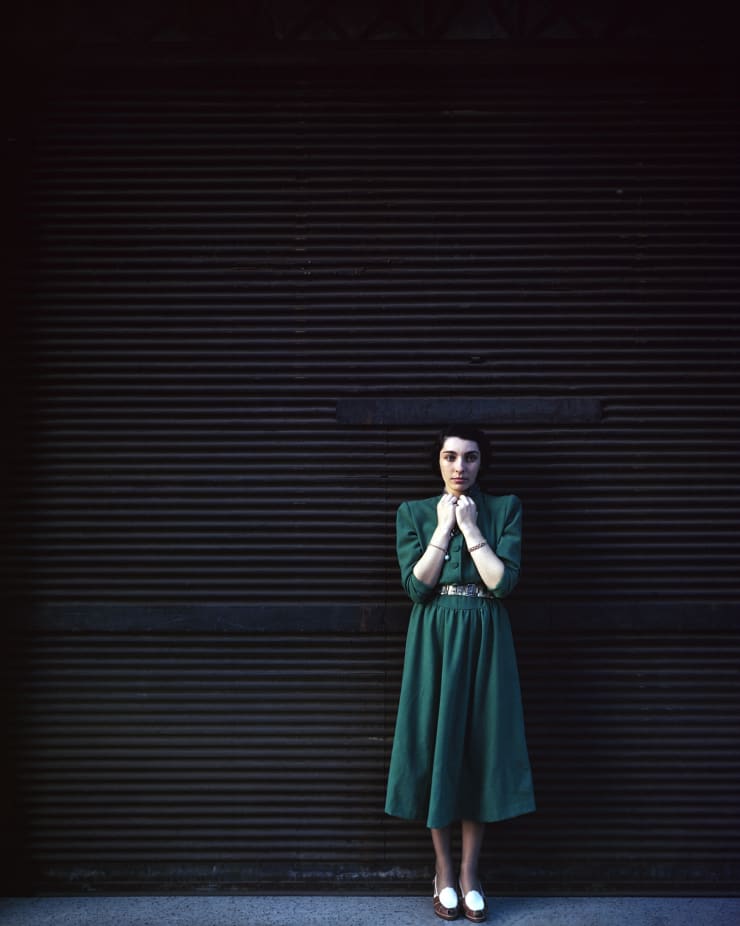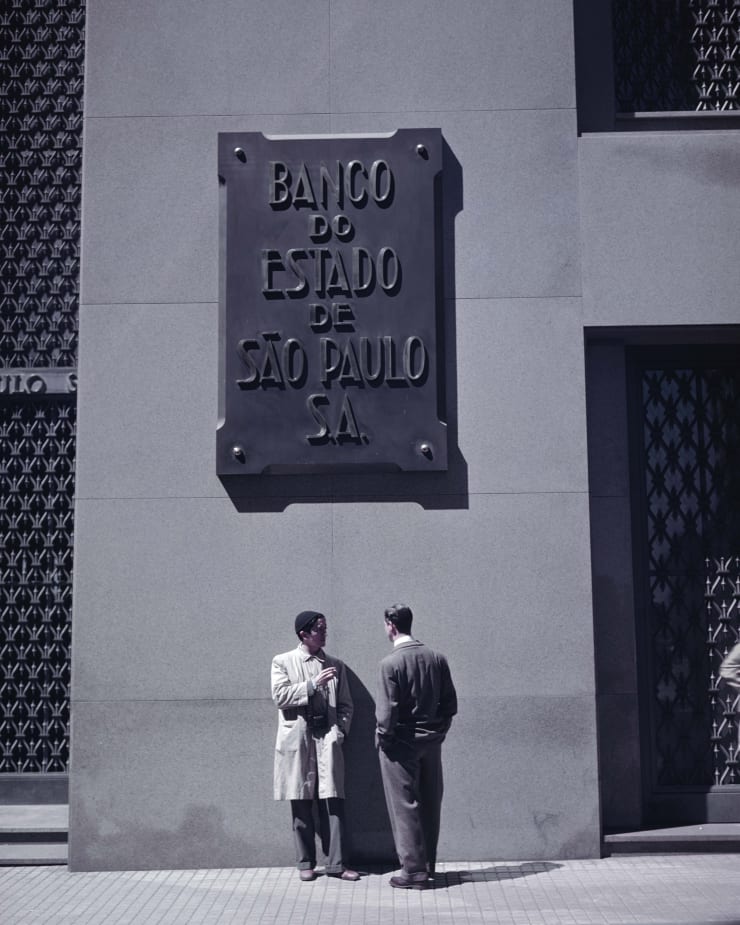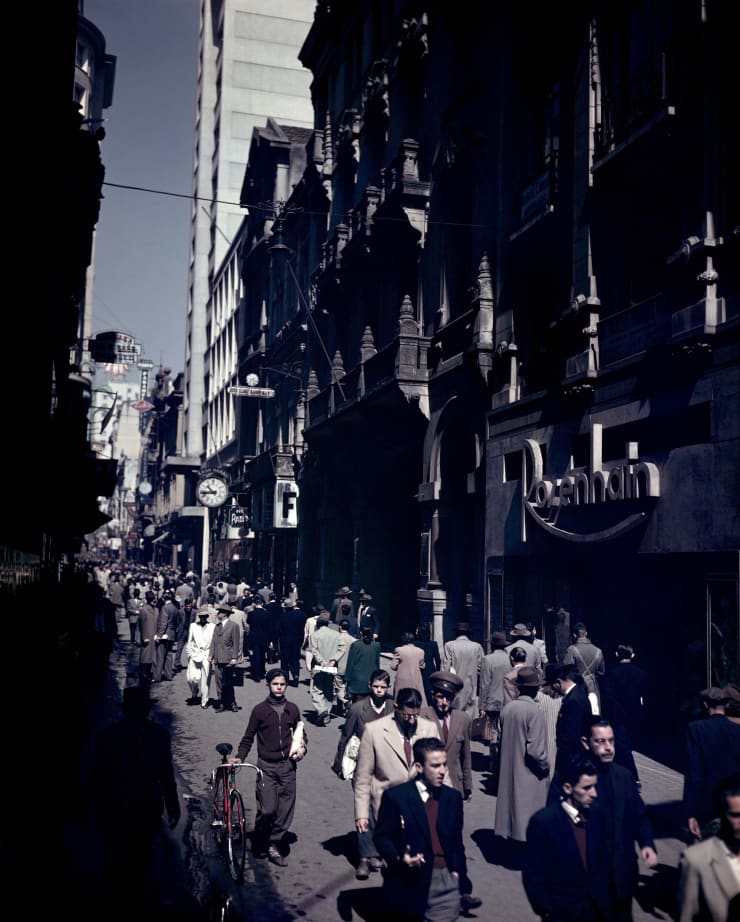Thomaz Farkas | Pictóricos, Coloridos e Modernos
In September 2024, the multifaceted artist Thomaz Farkas would have turned 100 years old. To celebrate his legacy, Luciana Brito Galeria is presenting the exhibition Thomaz Farkas: Pictóricos, Coloridos e Modernos [Thomaz Farkas: Pictorial, Colorful and Modern] featuring over 70 works that shed light on a lesser-known facet of the artist. This exhibition demonstrates how Farkas’s artistic path was intertwined with the evolution of photography in Brazil. Between the 1940s and 1960s, with a sensitive and affectionate eye, he created a series of photographs that poetically reveal both his appreciation for the city of São Paulo and his passion for his then-fiancée Melanie Rechulski. The exhibition is part of the special program Viva Thomaz Farkas [Long Live Thomaz Farkas] which will feature other exhibitions at Instituto Moreira Salles (São Paulo) and at the Museu da Imagem e do Som (Fortaleza).
The exhibition Thomaz Farkas: Pictóricos, Coloridos e Modernos consists of two large sections. As visitors enter the Modernist Room at the beginning of the show, they will find a collection of around 60 vintage black-and-white photographs, developed and printed by the artist himself at the peak of his production during the 1940s. This is the largest selection of Thomaz Farkas’s vintage photographs ever presented to the public, most of them for the first time ever, arranged chronologically in thematic groups. The first exhibits a set of images of photographic equipment, taken by the artist as studio exercises, anticipating the group of photographs from the artist's pictorial phase, a concept that preceded modern photography by aiming to emulate the aesthetics of painting, especially with records of natural and urban landscapes, as well as portraits. Next, we see several significant works that represent the pinnacle of his formal experimentation, based on the search for new forms of visual expression, the use of innovative techniques, which utilize unusual angles, natural lighting and attention to the technical possibilities of cameras and the photographic laboratory, a phase that positioned him as one of the precursors of modern photography in Brazil. Finally, the exhibition brings together iconic shots by Thomaz Farkas on the city of Rio de Janeiro, in addition to his surrealist experiments.
The 1940s saw a transformation in the practice of photography in Brazil. The work by members of the Foto Cine Clube Bandeirante, founded in 1939, elevated photography to the status of an artistic medium, transforming it into a new window through which to view the world. A leading figure of this era, Thomaz Farkas carried out surrealist experiments using unconventional angles, producing works that reflected everyday urban life and the cityscape, particularly that of São Paulo. His perspective on the city reveals an intimate familiarity with its daily life and metamorphoses.
In the gallery’s Pavilion, a group of 17 color photographs presents extraordinary content never before shown. During the organization of Thomaz Farkas’s archive, where over 34,000 photos were cataloged by IMS-SP, a rare selection of 4 x 5 inch Kodachrome (Kodak) films from the 1940s were discovered in perfect condition. These images reveal an artist in love with a still unpolluted metropolis, with blue skies and panoramic views of wide, uncrowded streets. They are an ode to architecture and to São Paulo’s inhabitants, captured from a romantic and intimate perspective, which also serves as a backdrop for various photographs of his then-future wife Melanie Rechulski, whose striking presence contrasts with the walls, facades, and other urban elements of the metropolis. Considered legendary by photography connoisseurs, this type of film for large-format cameras offered exceptional qualities of color and texture. But it required a difficult, extremely complex, and costly developing process, and was discontinued by Kodak.
Besides being a key figure in Brazilian photography, Thomaz Farkas was an enthusiast and advocate of our culture. He taught photography, photojournalism and cinema at the university level and was an excellent businessman, who managed his family’s company, Fotoptica. He moreover launched a photography magazine and opened the first gallery devoted to this field in Brazil. In cinema, he contributed to broadening Brazil’s image, producing pioneering documentaries about Brazilian popular culture through the “Caravana Farkas” project. These and other facets will also be explored by the “Viva Thomaz Farkas” program at IMS-SP and MIS (Fortaleza).




